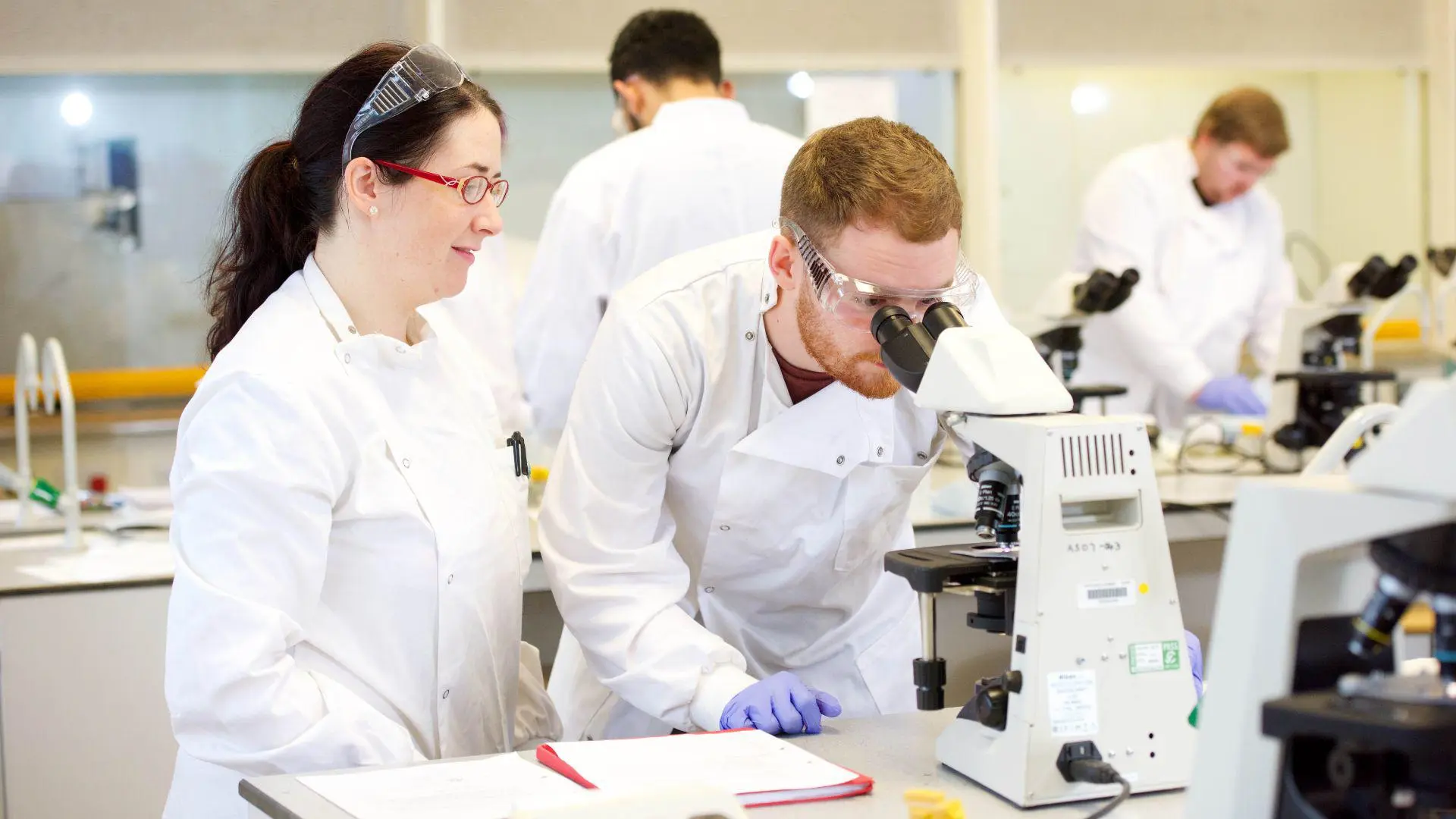The Microbiology Laboratories also provide facilities for the isolation, identification and investigation of Class 1 and 2 microorganisms. The laboratory houses facilities for the preparation and sterilisation of cultivation media and for microorganism isolation, cultivation and preservation. It is located close to autoclave facilities that receive technical support for large-scale media preparation and disposal.
Research
Research includes investigations of the intact sensory proteins of these pathways, which are usually located in the bacterial membrane and are responsible for sensing environmental stimuli and stresses, and also their partner cytosolic regulators that effect appropriate adaptive responses (usually by binding to specific promoters and thereby changing gene expression).
The principal pathways under investigation are those found in a range of pathogenic bacteria associated with hospital-acquired infections. The main approaches and tools of the research include: molecular biological methods to produce purified signal transduction proteins (produced through heterologous overexpression of the encoding genes in the bacterium E. coli); biophysical methods to investigate ligand-protein interactions of the signal transduction proteins involved, including the intact membrane sensory proteins; elucidation of the three-dimensional structures with a view to structure-based drug design; and phosphorylation-based activity assays to screen and identify candidate signaling ligands and inhibitors.
The research currently receives external research funding from Biotechnology and Biological Sciences Research Council and the Diamond Light Source Ltd., Oxfordshire. Investigation of the membrane sensory protein components of these pathways can be technically challenging due to their inherent hydrophobicity. Expertise in membrane protein biology are required and these are available in the Microbiology facility for expressing and purifying membrane proteins, including: overexpression of the encoding membrane protein genes in large-scale cultures of Escherichia coli hosts; induction of gene expression using chemical inducers; cell harvesting and isolation of membranes using sucrose density gradient centrifugation and ultracentrifugation; and the purification of recombinant proteins with suitably engineered tags from detergent-solubilised membrane preparations using metal affinity chromatography.

